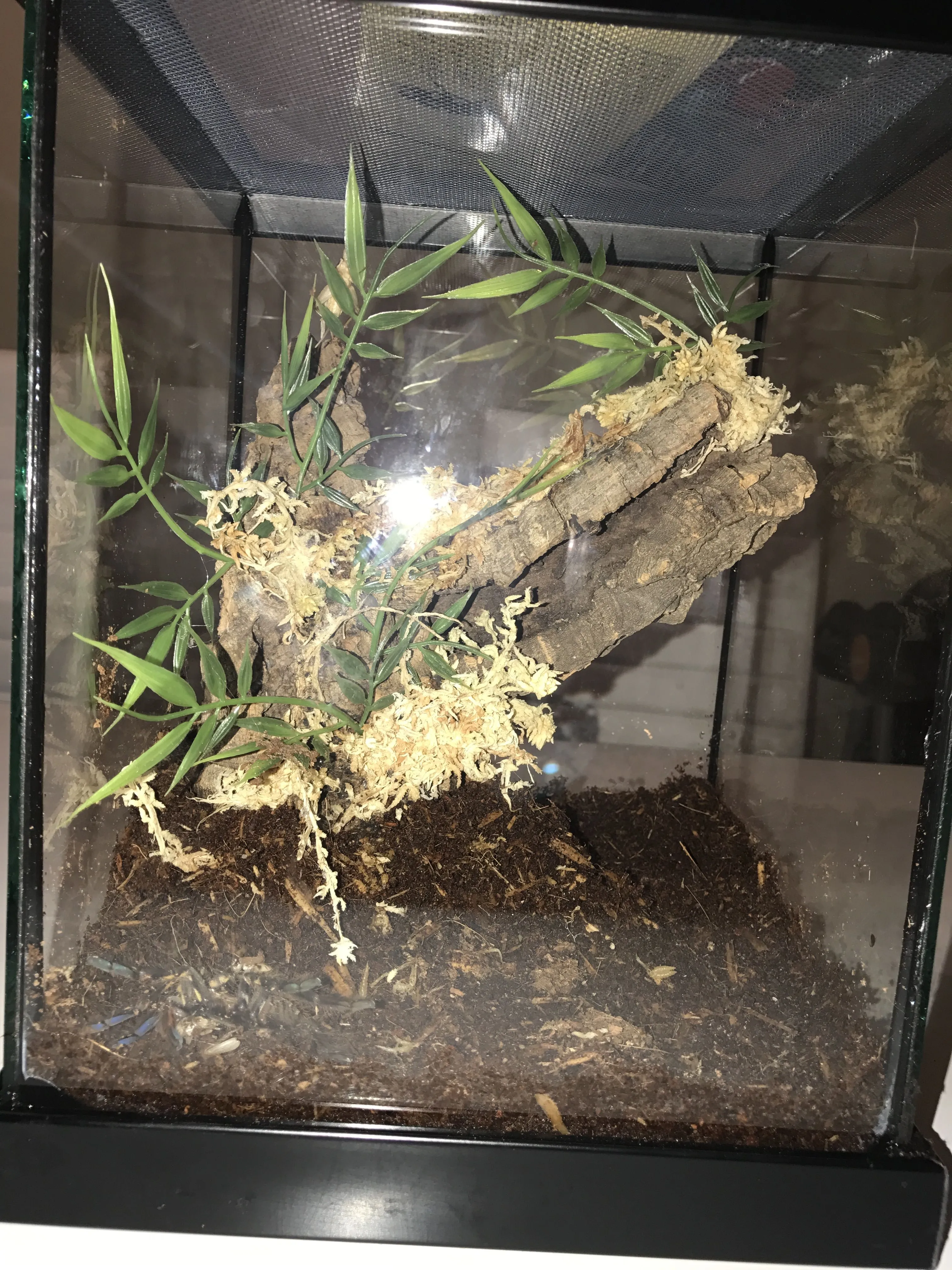Understanding Tarantula Enclosure Temperature
Maintaining the correct temperature within your tarantula’s enclosure is absolutely vital for its health, well-being, and longevity. It’s a cornerstone of responsible tarantula care. Tarantulas, being ectothermic creatures, rely entirely on their environment to regulate their body temperature. They can’t generate their own heat like mammals; therefore, the temperature of their enclosure directly impacts their metabolism, activity levels, molting cycles, and overall survival. A properly heated enclosure provides a suitable environment for the tarantula to thrive, mimicking their natural habitat and promoting healthy behaviors. This guide will explore the intricacies of tarantula enclosure temperature, providing you with the knowledge necessary to create a comfortable and safe home for your eight-legged friend.
Why Temperature Matters for Tarantulas
Temperature affects virtually every aspect of a tarantula’s life. It influences how quickly they grow, how frequently they molt, their appetite, and their overall activity levels. A tarantula kept in an environment that is too cold will have a slower metabolism, resulting in reduced feeding, slower growth, and a higher susceptibility to illnesses. Conversely, a tarantula in a warm environment will have a faster metabolism, eating more frequently, growing more rapidly, and molting more often. Understanding this delicate balance is key to providing optimal care. Furthermore, temperature plays a crucial role in the digestion process. Tarantulas need the right temperature to efficiently digest their food, and an incorrect temperature can lead to digestive issues and other health problems. Proper temperature management is, therefore, not merely about comfort, but about the very life processes of your tarantula.
Impact of Temperature on Tarantula Health
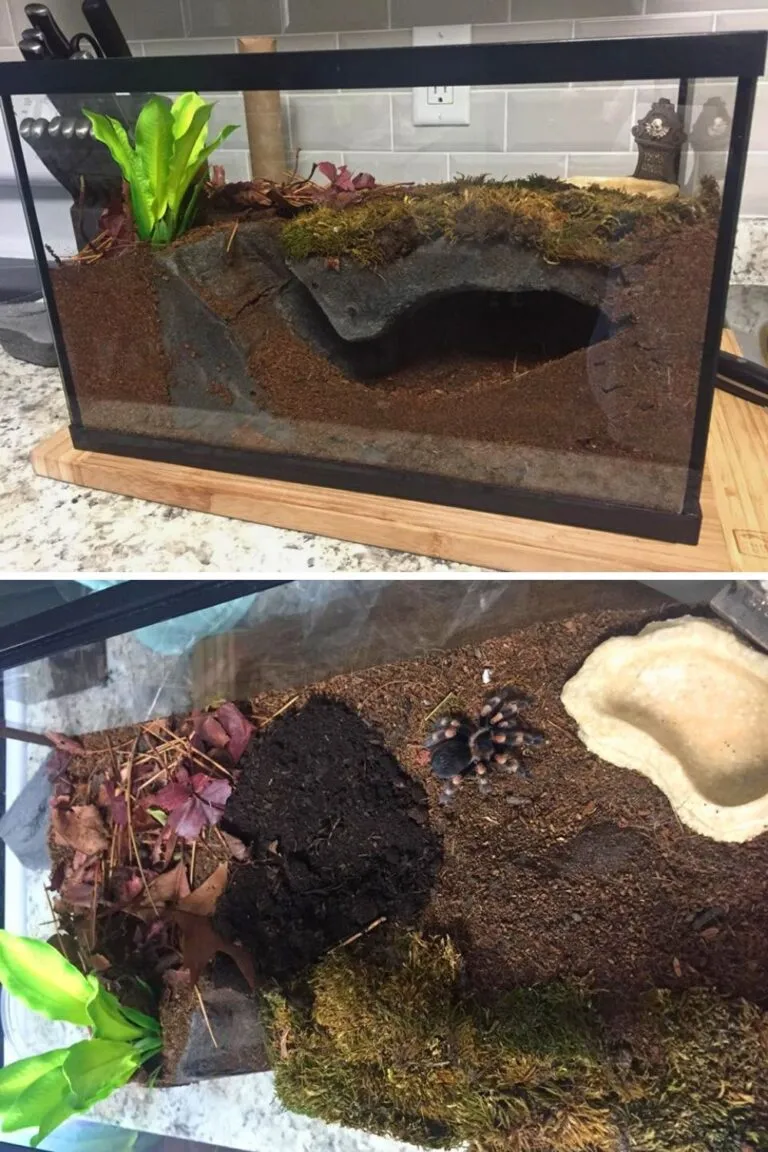
The health implications of incorrect enclosure temperatures can be significant. Cold temperatures can lead to sluggishness, reduced appetite, and an increased risk of infections. Tarantulas may become less active, spend more time hiding, and show signs of lethargy. Prolonged exposure to cold can even be fatal, as it can shut down essential bodily functions. On the other hand, excessive heat can lead to dehydration, overheating, and stress. Tarantulas can become restless, show signs of distress, and may even experience heatstroke, which can be deadly. Maintaining the correct temperature range is therefore essential for preventing these health issues and ensuring your tarantula lives a long, healthy life. A well-maintained temperature also contributes to successful molting. Incorrect temperatures can disrupt the molting process, making it difficult for the tarantula to shed its exoskeleton, leading to injuries or even death.
Ideal Temperature Ranges for Tarantulas
Temperature Needs by Tarantula Species
Different tarantula species originate from diverse habitats, each with its own specific temperature requirements. Tropical species, like the common Pinktoe (Avicularia avicularia), typically thrive in warmer environments, often needing temperatures between 75-85°F (24-29°C). These tarantulas are accustomed to high humidity and consistent warmth, mimicking the climate of their rainforest homes. Conversely, some desert species, such as the Arizona Blonde (Aphonopelma chalcodes), prefer slightly cooler temperatures, with a range of 70-80°F (21-27°C), and are more tolerant to drier conditions. Researching the specific needs of your tarantula species is paramount. Consult online resources, reputable breeders, or experienced keepers to determine the ideal temperature range for your particular spider. This information will guide your setup and ensure you provide an environment that meets your tarantula’s unique needs and maximizes its chances of thriving.
General Temperature Guidelines
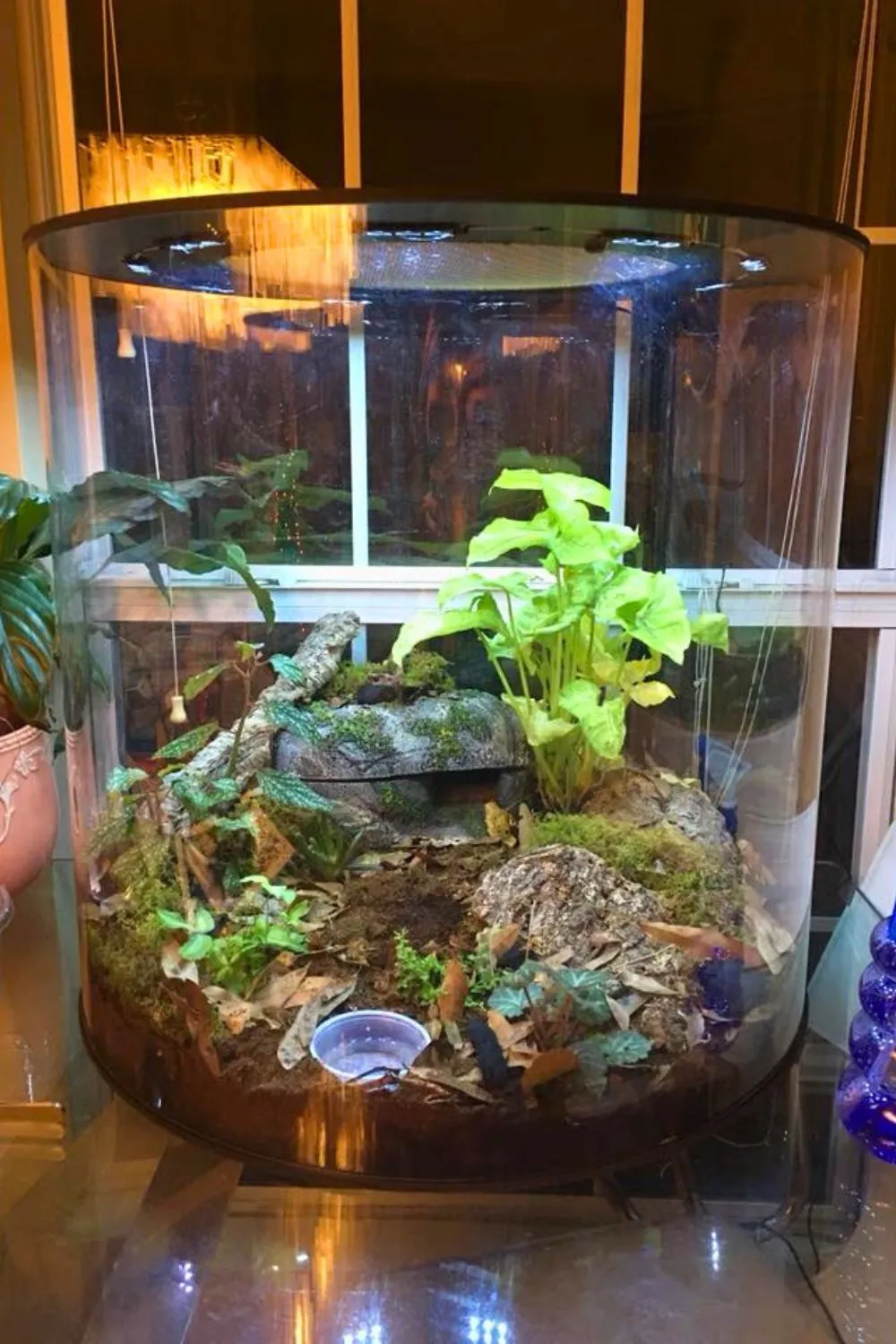
While specific temperatures vary by species, there are general guidelines to follow. Most tarantulas do well with a daytime temperature range of 70-80°F (21-27°C). Nighttime temperatures can safely drop a few degrees, but avoid drastic fluctuations. Provide a slight temperature gradient within the enclosure, allowing your tarantula to choose its preferred spot. For instance, one side of the enclosure could be slightly warmer than the other, allowing the tarantula to thermoregulate by moving to the warmer or cooler area as needed. It is always better to err on the side of caution and keep the temperature slightly lower than higher. Gradual changes in temperature are always preferred over sudden shifts. Avoid placing the enclosure in direct sunlight, near heating vents, or in areas prone to drafts, as these can lead to rapid temperature fluctuations.
Measuring and Monitoring Temperature
Using Thermometers and Hygrometers
Accurate monitoring is critical to maintaining the correct temperature. Use a reliable thermometer to measure the temperature inside the enclosure. Digital thermometers are generally preferred because they provide precise readings and are easy to read. Many digital thermometers also include a hygrometer, which measures humidity. This dual functionality can be convenient. Analog thermometers can be used, but they may be less accurate. Place the thermometer probe in a location that accurately reflects the overall temperature of the enclosure, away from direct heat sources or drafts. Regularly check the temperature, ideally multiple times per day, to ensure it remains within the desired range. Keep a log of the temperature readings to monitor any fluctuations and identify potential issues.
Placement and Accuracy
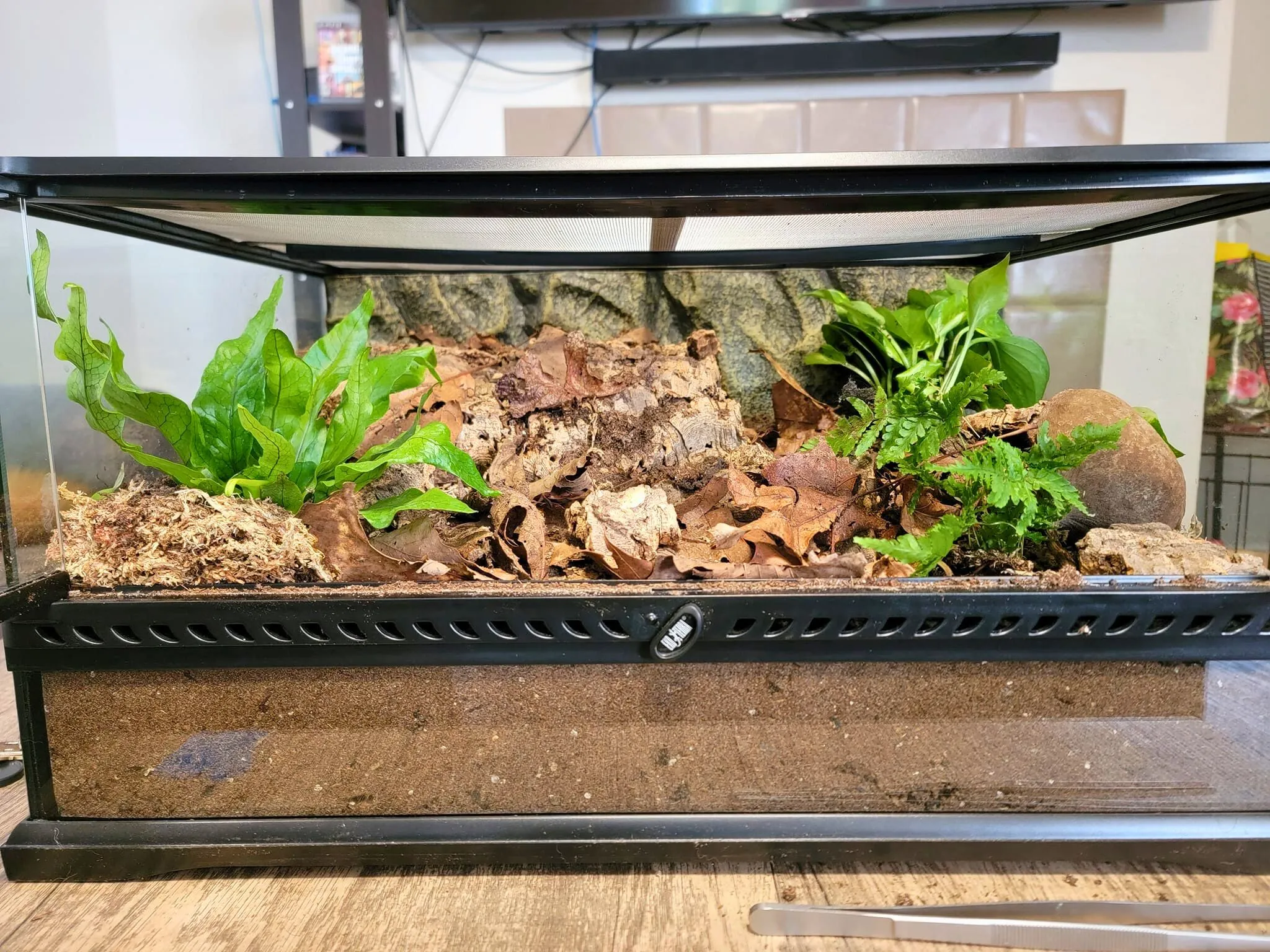
The placement of the thermometer is as important as the thermometer itself. Position the thermometer probe at the level where your tarantula spends the most time. For terrestrial species, this is usually near the substrate level. For arboreal species, position the probe higher up, where they typically reside. Avoid placing the thermometer directly against a heat source, as this will give a false reading. Ensure the thermometer is not exposed to drafts or direct sunlight, as this can also skew the readings. Regularly calibrate your thermometer, especially if you have reason to suspect it might be inaccurate. You can do this by comparing it to a known accurate thermometer or by using a calibration kit. Accurate temperature monitoring is a continuous process that should be part of your daily tarantula care routine.
Heating Your Tarantula Enclosure
Heat Sources and Their Safety
Several options are available for heating your tarantula’s enclosure, each with its own advantages and disadvantages. The most important aspect of choosing a heat source is safety. Always select a heat source specifically designed for reptile or invertebrate enclosures, and follow all manufacturer’s instructions carefully. Never use heat sources that are not designed for enclosed environments, as these can be a fire hazard. Always monitor the temperature to ensure the heat source is functioning correctly and maintaining the desired temperature range. Consider the wattage of the heat source in relation to the size of the enclosure. Too much heat can be as detrimental as too little heat, so choose the appropriate size for your specific setup. Also, make sure that the heat source does not pose a burn risk to your tarantula.
Heat Lamps
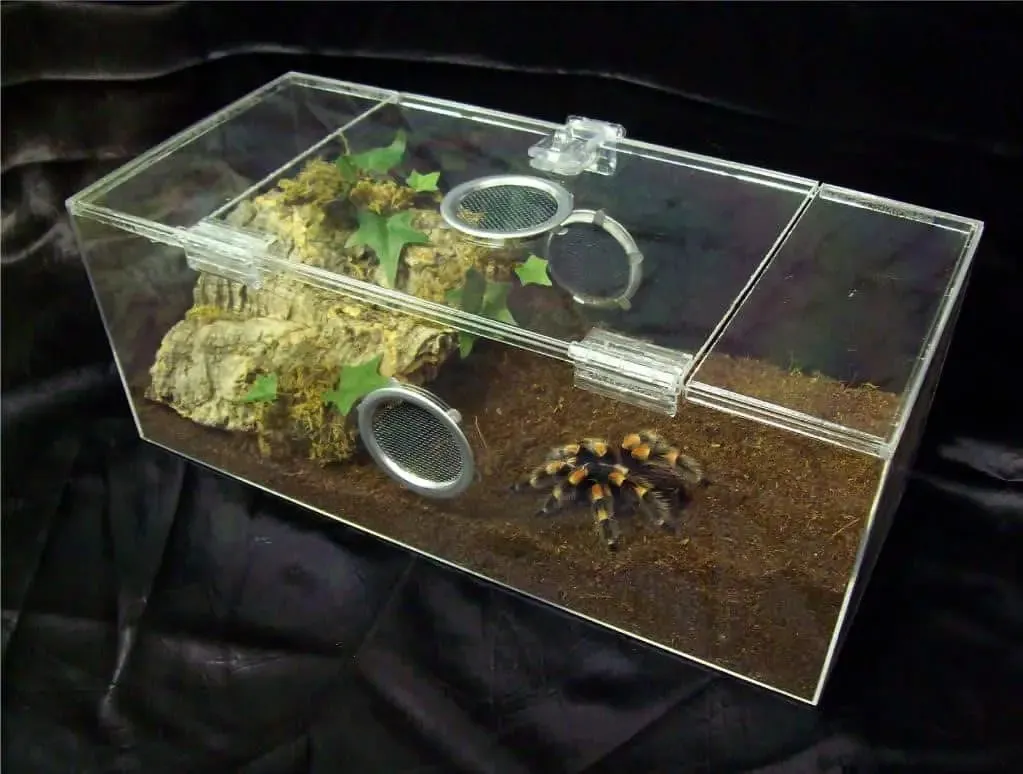
Heat lamps are sometimes used for tarantulas, particularly in larger enclosures. However, they can be problematic because they can create hotspots and dry out the enclosure if not carefully managed. Use only low-wattage heat lamps designed for reptiles. Place the lamp outside the enclosure or a safe distance away from the tarantula to avoid burns. Be sure to provide a temperature gradient, so your tarantula has a cooler area to retreat to. If you choose to use a heat lamp, combine it with a thermostat to regulate the temperature and prevent overheating. Be aware of the potential for light pollution, which could disrupt the tarantula’s natural day-night cycle. Consider using a ceramic heat emitter (CHE) rather than a colored bulb, as CHEs produce heat without light.
Under-Tank Heaters (UTHs)
Under-tank heaters (UTHs) are a popular and generally safe option for heating tarantula enclosures, especially for terrestrial species. UTHs are placed on the side of the enclosure, not underneath, to prevent overheating the substrate and harming the tarantula. They provide gentle, consistent heat, which is ideal for tarantulas. Choose a UTH that is the appropriate size for your enclosure. Never use a UTH that covers the entire bottom of the enclosure. This can create a dangerous situation. UTHs should always be used in conjunction with a thermostat to regulate the temperature and prevent overheating. Place the thermostat probe near the UTH to accurately measure the temperature. Monitor the enclosure’s temperature regularly to ensure the UTH is functioning correctly.
Heating Pads
Heating pads are another option, similar to UTHs. These are generally placed on the side or back of the enclosure. As with UTHs, use a thermostat to regulate the temperature. Be very careful to avoid direct contact between the heating pad and the tarantula or any flammable substrate. Always follow the manufacturer’s instructions and monitor the temperature frequently. It is essential to provide a safe and controlled heating system to ensure your tarantula’s well-being. Regularly inspect your heating equipment for any signs of wear or damage, and replace it if necessary.
Maintaining Optimal Humidity
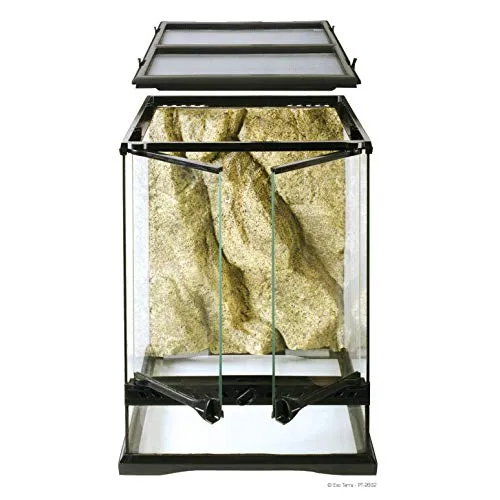
Humidity and Temperature Relationship
Temperature and humidity are closely intertwined. As temperature increases, the air’s ability to hold moisture also increases. Therefore, controlling both temperature and humidity is essential. High humidity, often achieved through proper ventilation and substrate choice, is critical for the successful molting of many tarantula species. Low humidity, conversely, can lead to dehydration and difficulties during molting. The ideal humidity level varies based on the species; however, most tarantulas require humidity levels between 60% and 80%. Monitoring both temperature and humidity is crucial. Use a hygrometer, preferably a digital one, to measure the humidity levels accurately. Adjust the enclosure’s environment based on both temperature and humidity readings to provide a balanced and healthy habitat for your tarantula.
Methods for Humidity Control
Several methods can be used to control humidity. Misting the enclosure with dechlorinated water, especially in the mornings or evenings, can raise humidity levels. However, be cautious not to over-mist, as this can lead to mold and fungal growth. The type of substrate you use also plays a significant role. Substrates like coconut fiber or peat moss retain moisture well, helping to maintain humidity. Ensure the substrate is kept slightly damp but not waterlogged. Providing a water dish is also essential. It serves as a water source and contributes to humidity. The size of the water dish should be appropriate for the size of the tarantula, and it should be shallow enough to prevent drowning. Proper ventilation is crucial for preventing excessive humidity and mold growth. Ensure there are ventilation holes in the enclosure to allow for air circulation. The balance between ventilation and humidity is essential for creating a healthy environment.
Common Temperature Mistakes to Avoid
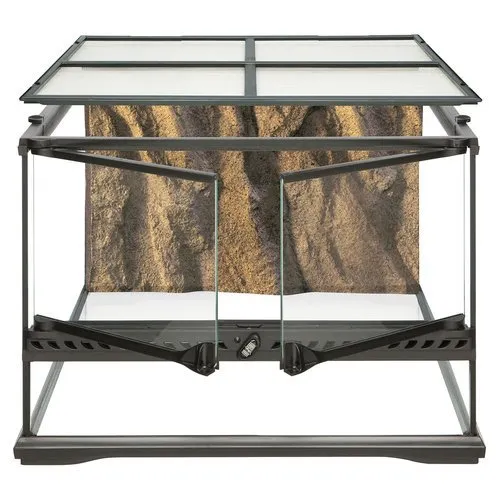
Overheating and its Dangers
Overheating is a serious threat to tarantulas. High temperatures can lead to several adverse effects, including dehydration, heatstroke, and even death. Avoid direct sunlight, which can rapidly increase the enclosure’s temperature. Always use a thermostat with your heating equipment to prevent overheating. If you notice your tarantula exhibiting signs of overheating, such as restlessness, lethargy, or erratic behavior, immediately take steps to cool the enclosure. Move the enclosure to a cooler location, increase ventilation, and mist the enclosure lightly with cool water. Ensure the tarantula has access to a water source. Prevention is key; consistently monitor the temperature and use appropriate heating equipment to minimize the risk of overheating.
Chilling and its Consequences
Conversely, chilling can also be harmful. Prolonged exposure to low temperatures can slow down the tarantula’s metabolism, reduce its appetite, and increase its susceptibility to illnesses. In severe cases, chilling can lead to death. Ensure your tarantula’s enclosure is placed in a location that is not subject to drafts or sudden temperature drops. Always use a reliable thermometer to monitor the temperature. If the enclosure temperature falls below the recommended range, provide supplemental heating using an appropriate heat source, such as a UTH or a heat lamp with a thermostat. Watch for signs of chilling, such as reduced activity, sluggishness, and decreased feeding. Addressing temperature issues promptly is crucial for maintaining your tarantula’s health and well-being.
Best Practices for Temperature Management
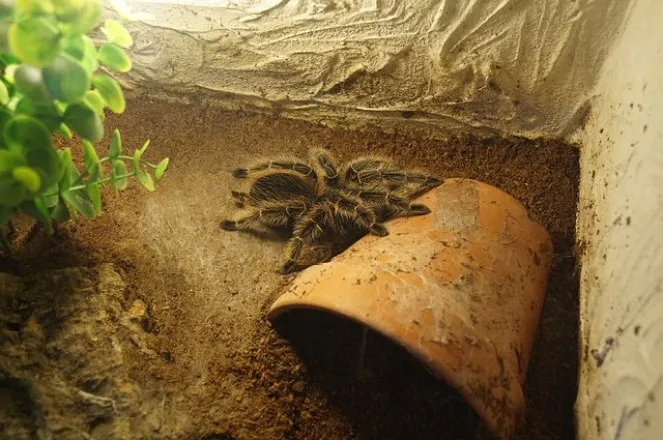
Regular Monitoring and Adjustments
Consistent monitoring and adjustments are the cornerstones of good temperature management. Regularly check the temperature and humidity levels in your tarantula’s enclosure, ideally multiple times a day. Keep a log of your readings to track any fluctuations and to identify potential problems. Based on your observations, adjust the heating and humidity control methods as needed. This may involve adjusting the thermostat, increasing or decreasing misting frequency, or making changes to the ventilation. Adapt your approach based on the specific needs of your tarantula species, the season, and the environmental conditions. Remember that consistency is critical. A stable and controlled environment is essential for your tarantula’s health and well-being.
Seasonal Temperature Considerations
Seasonal changes can significantly affect the temperature within your tarantula’s enclosure. In the winter, you may need to increase the heat provided, especially if you live in a colder climate. Use a thermostat to maintain a stable temperature. In the summer, you may need to take steps to prevent overheating. Move the enclosure to a cooler location, increase ventilation, and avoid direct sunlight. Be prepared to make adjustments throughout the year to maintain the desired temperature range. Pay close attention to any changes in your tarantula’s behavior or feeding habits, as these can provide clues about the enclosure’s environmental conditions. Adapt your care routine based on the prevailing conditions to provide a comfortable and healthy environment year-round.
Troubleshooting Temperature Issues
Even with the best intentions, temperature issues can occasionally arise. If you notice that the temperature is consistently too high or too low, begin by checking your equipment. Ensure that your thermostat is functioning correctly and that your heat source is working properly. If the equipment is in good working order, consider adjusting the setup. For example, if the enclosure is too hot, move the heat source further away or reduce its wattage. If the enclosure is too cold, increase the heat source’s intensity or relocate it closer to the enclosure. If you are using a heat lamp, try adjusting the distance from the enclosure or using a dimmer switch. If the problems persist, consult with an experienced tarantula keeper or a veterinarian specializing in exotic animals. They can offer valuable insights and help you identify and resolve any underlying issues. By taking proactive steps to troubleshoot temperature problems, you can ensure a healthy and comfortable environment for your tarantula.
In conclusion, maintaining the correct temperature within your tarantula’s enclosure is one of the most fundamental aspects of responsible tarantula care. It directly impacts the tarantula’s health, growth, molting, and overall well-being. By understanding the importance of temperature, monitoring it regularly, using appropriate heating equipment, and making adjustments as needed, you can create an ideal environment for your eight-legged friend to thrive. Remember to research the specific needs of your tarantula species and to remain vigilant in providing the best possible care. A happy and healthy tarantula is a testament to the dedication and attention to detail of its keeper.
